Saeed D. Manshadi
Learning the Gap in the Day-Ahead and Real-Time Locational Marginal Prices in the Electricity Market
Dec 23, 2020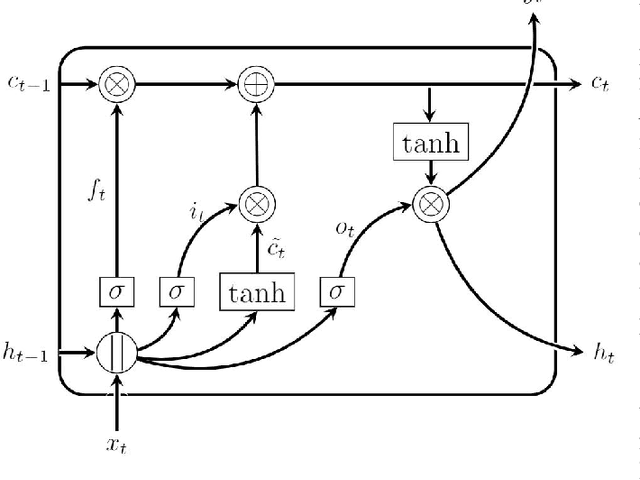
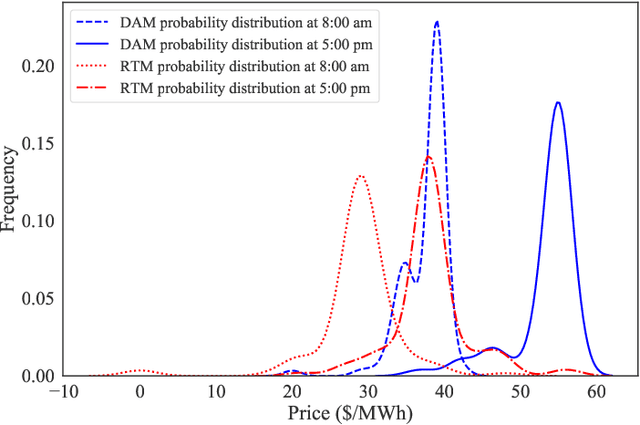
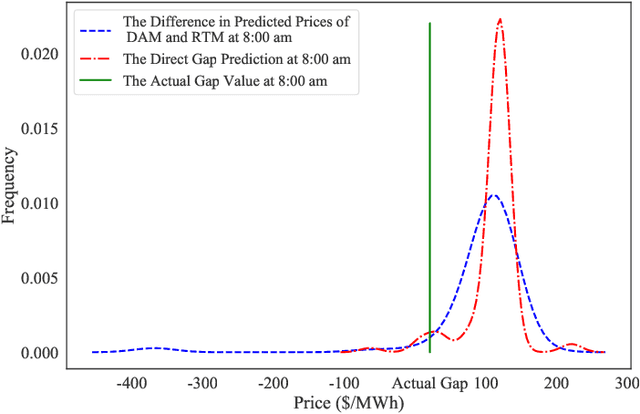
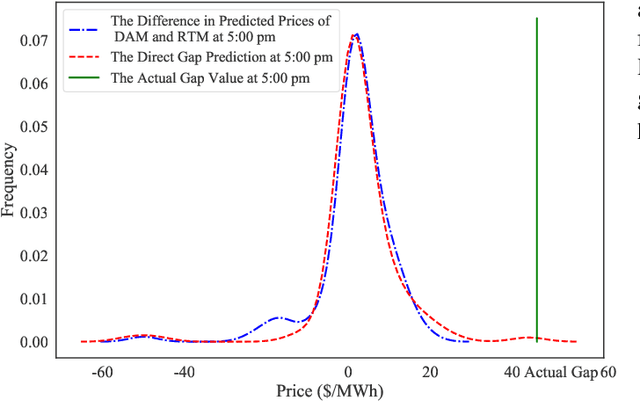
Abstract:In this paper, statistical machine learning algorithms, as well as deep neural networks, are used to predict the values of the price gap between day-ahead and real-time electricity markets. Several exogenous features are collected and impacts of these features are examined to capture the best relations between the features and the target variable. Ensemble learning algorithm namely the Random Forest issued to calculate the probability distribution of the predicted electricity prices for day-ahead and real-time markets. Long-Short-Term-Memory (LSTM) is utilized to capture long term dependencies in predicting direct gap values between mentioned markets and the benefits of directly predicting the gap price rather than subtracting the predictions of day-ahead and real-time markets are illustrated. Case studies are implemented on the California Independent System Operator (CAISO) electricity market data for a two years period. The proposed methods are evaluated and neural networks showed promising results in predicting the exact values of the gap.
Autonomous Charging of Electric Vehicle Fleets to Enhance Renewable Generation Dispatchability
Dec 22, 2020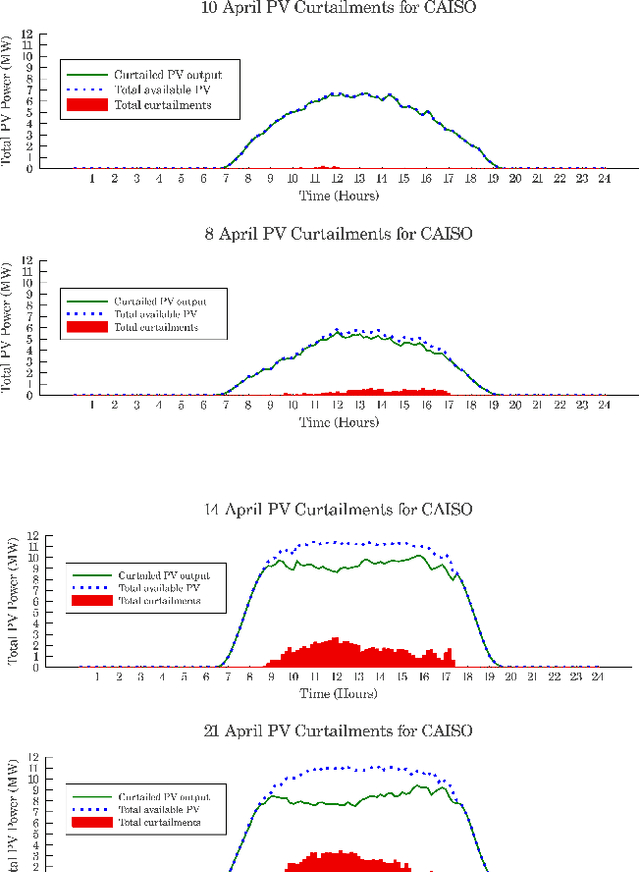

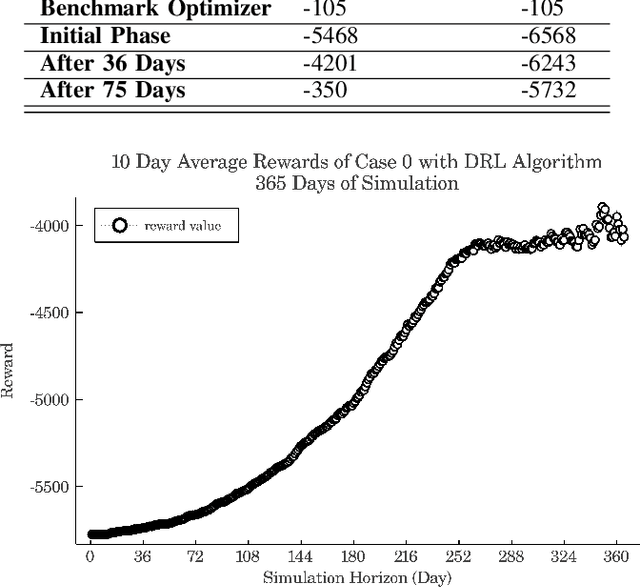
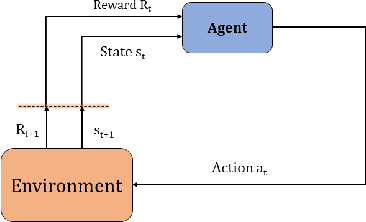
Abstract:A total 19% of generation capacity in California is offered by PV units and over some months, more than 10% of this energy is curtailed. In this research, a novel approach to reduce renewable generation curtailments and increasing system flexibility by means of electric vehicles' charging coordination is represented. The presented problem is a sequential decision making process, and is solved by fitted Q-iteration algorithm which unlike other reinforcement learning methods, needs fewer episodes of learning. Three case studies are presented to validate the effectiveness of the proposed approach. These cases include aggregator load following, ramp service and utilization of non-deterministic PV generation. The results suggest that through this framework, EVs successfully learn how to adjust their charging schedule in stochastic scenarios where their trip times, as well as solar power generation are unknown beforehand.
 Add to Chrome
Add to Chrome Add to Firefox
Add to Firefox Add to Edge
Add to Edge